An on-off switch, commonly found in electronic devices and electrical appliances, is a simple yet essential component that controls the flow of electricity to the device. It turns the device on or off, allowing users to control when it is actively using power and when it is in a standby or off state.
The Straightforward Design of On-Off Switches
One key feature of the push-on-off switch is its straightforward design. The switch typically consists of a lever or button that, when pressed or toggled, either completes or interrupts the electrical circuit. In the "on" position, the course is closed, enabling the flow of electricity and powering the device. Conversely, in the "off" position, the circuit is open, breaking the flow of electricity and effectively turning off the machine. The part of the push-on push-off switch indicates whether the device is powered on (connected) or off (disconnected). This straightforward mechanism provides users with a convenient way to conserve energy and safely control their electronic equipment's operation by toggling the switch.
The Construction and Electrical Safety of On-Off Switches
On and off switches are engineered to be robust and durable. The materials used in their construction are chosen for their ability to withstand frequent use without wearing out or becoming faulty. This durability ensures that the switch remains reliable over time, reducing the risk of malfunctions or electrical issues. Regarding electrical safety, on-off switches often incorporate mechanisms that prevent sparks or arcs when the on-off auto switch is toggled. This is crucial to avoid potential fire hazards, especially in devices that handle high voltages. Additionally, some switches have built-in safety features like overload protection or circuit breakers to prevent damage to the device or potential harm during a power surge.
On-Off Switches in Everyday Life and Beyond
On-off switches are commonly found in appliances such as lamps, fans, and electronic devices. In lighting, a mini on-off switch allows users to easily control when a lamp or light fixture is illuminated, providing a quick and convenient way to brighten or darken a room. In the realm of electronic devices, electrical on-off switches play a fundamental role. They enable users to power up or power down devices like televisions, computers, and kitchen appliances. On-off switches are also crucial in the automotive world. In a car, the ignition switch is an on-off button switch, allowing the driver to start or stop the engine. Furthermore, on-off switches are integral in industrial settings, controlling machinery and equipment. In manufacturing plants, for example, operators use on-off switches to start or halt production lines, ensuring precision and efficiency in the manufacturing process.

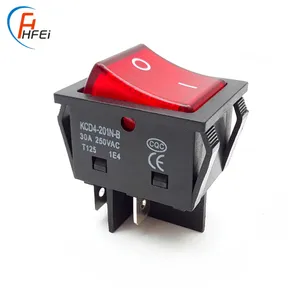







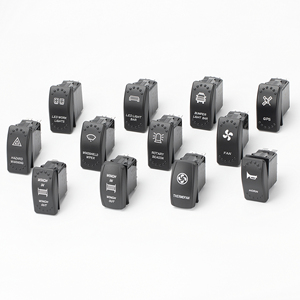

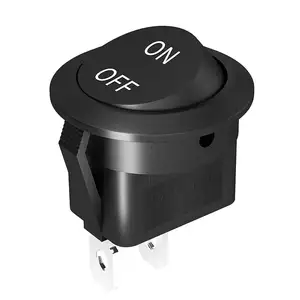



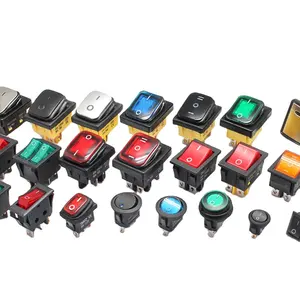
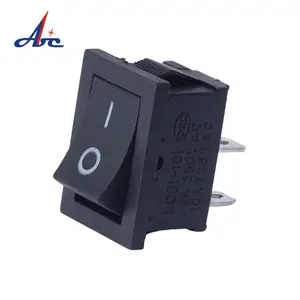


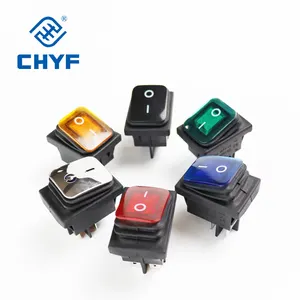

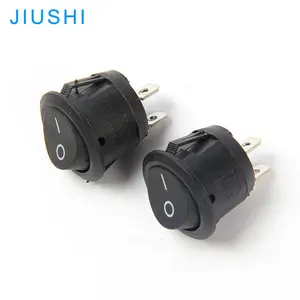



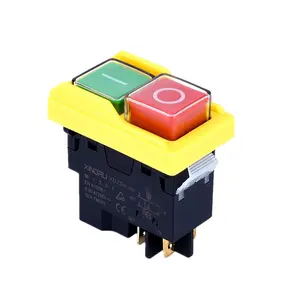
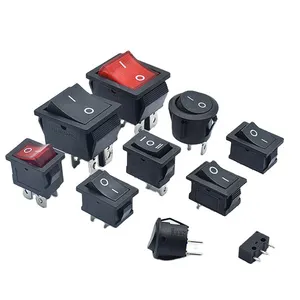








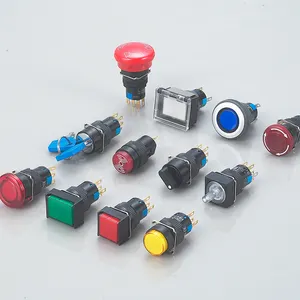






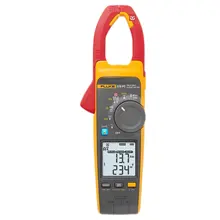
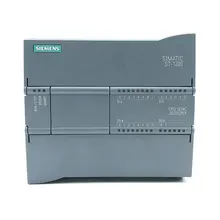



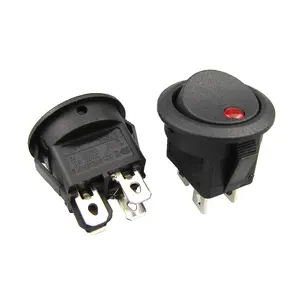

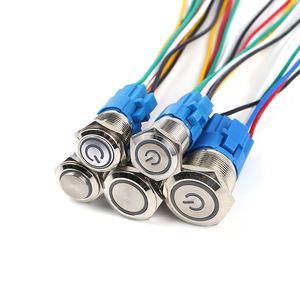
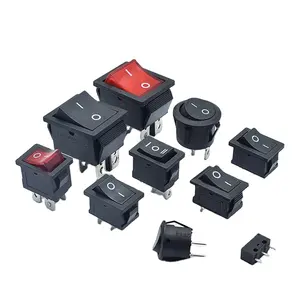





















 浙公网安备 33010002000092号
浙公网安备 33010002000092号 浙B2-20120091-4
浙B2-20120091-4